March 19, 2023
Dubai's Museum of the Future
Dubai's Museum of the Future, one of the world's most challenging construction projects, has been a city icon since it started construction. Designed by local studio Killa Design, this stunning silver landmark stands 77 metres tall and is covered with 1,024 stainless steel composite panels adorned with Arabic calligraphy.
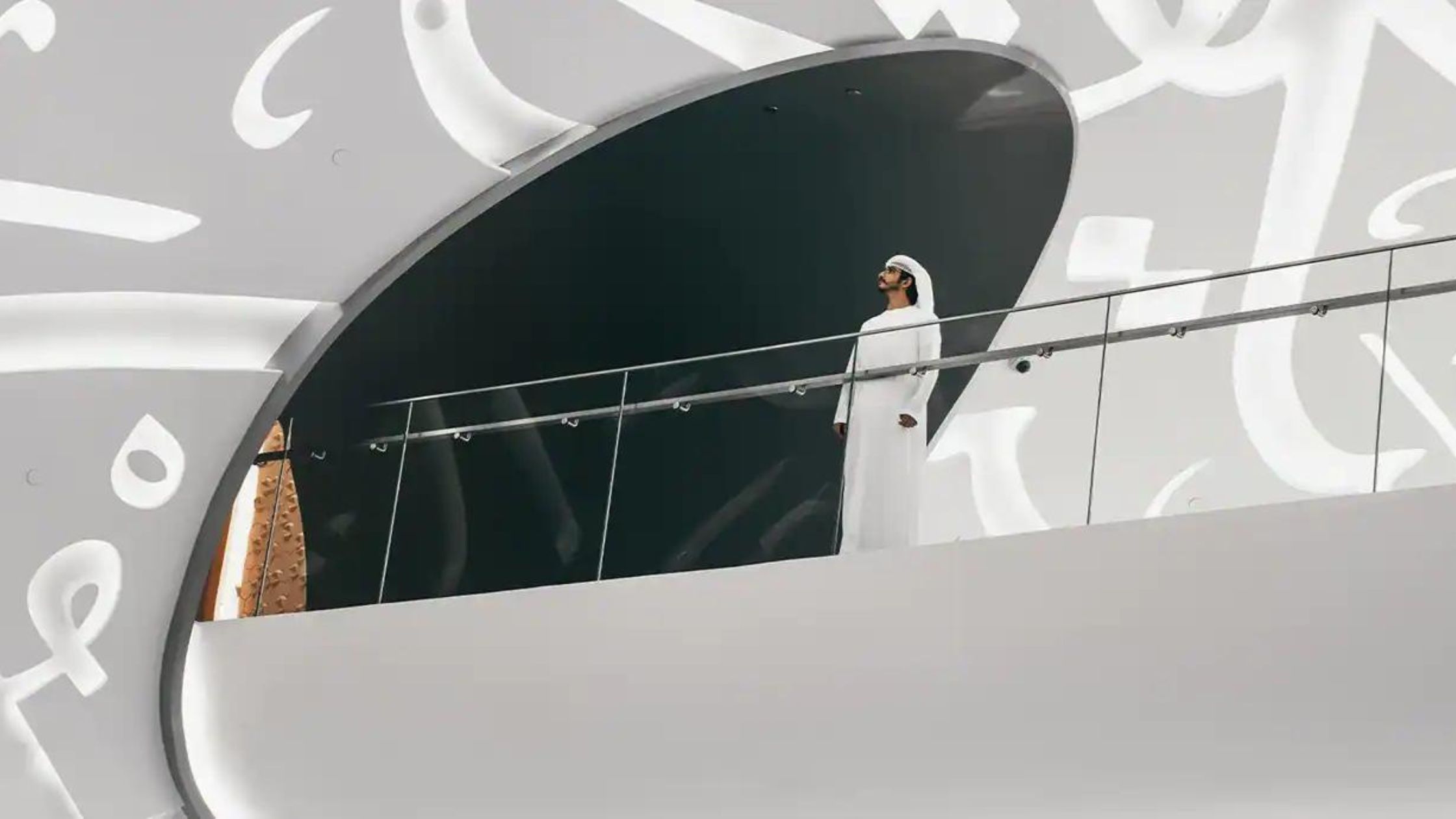
It’s a futuristic building
The
future museum must provide five-star service and be a hub where visitors can connect to history, present, and future. Furthermore, it must put sustainability and well-being at its core, acknowledging global issues such as climate change and declining living standards. The building must provide comfort with a minimalist aesthetic that is easily recognized. To make this vision come true, extensive design and engineering work will be necessary. Furthermore, the structure must be constructed using sustainable materials and energy-saving systems.
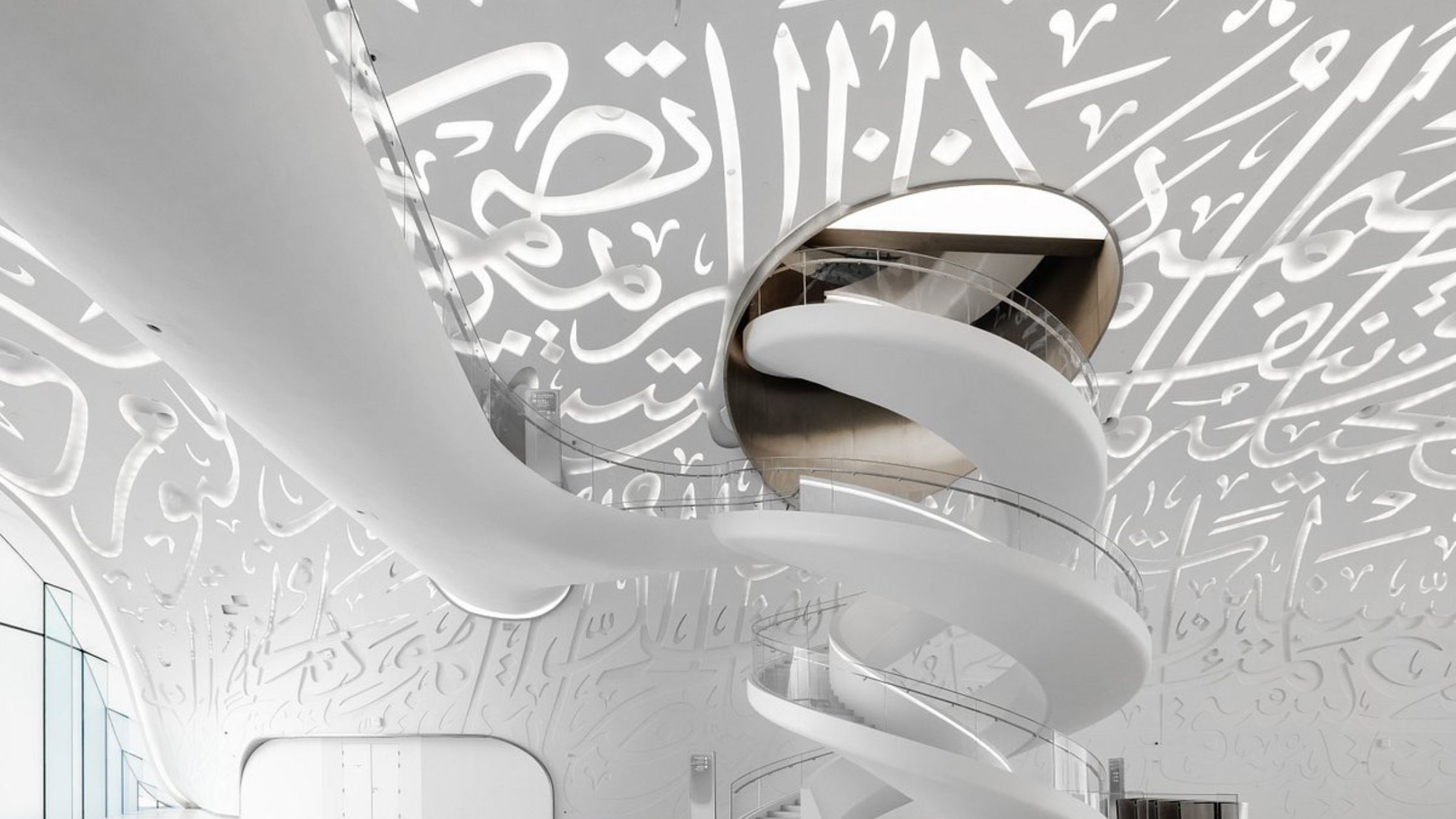
This will also help ensure the museum does not contribute to climate change and other environmental problems. Furthermore, making the place safe and inviting for visitors will encourage them to return again. To construct a futuristic building, architects must be creative and search for new methods of construction.
Futuristic architecture has a rich history, inspiring some of the world's most remarkable buildings. This modern style emerged during the 1930s and 1940s due to technological advancements which ushered in fluid architecture - favoring free forms over functional ones. Furthermore, this movement took futuristic architecture to new heights with megastructures and dynamic mechanized construction systems.
It’s a platform
In the future, museums will utilize platforms as part of their strategy. They'll serve as hubs where art and audiences come together, offering people a sense of community and purpose in their lives. Furthermore, museums will serve as educational resources about new technologies and their effects on society. Platforms are a ubiquitous term in the tech industry, having various interpretations. They can refer to an entrepreneurial model, method for connecting people, or software product.
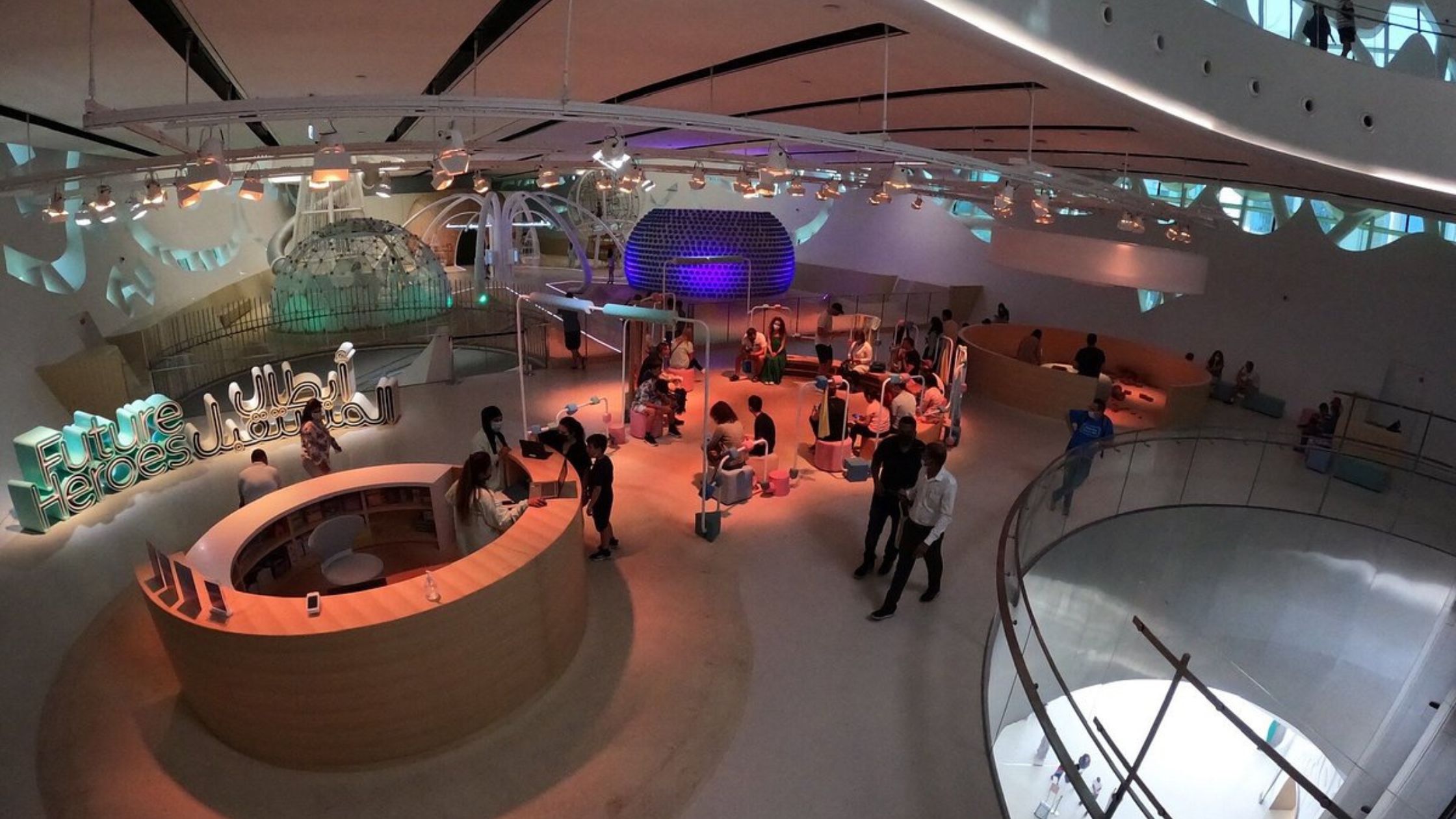
Uber, for instance, acts as a platform. It doesn't create its inventory but rather facilitates and optimizes exchanges to help people get where they need to go quickly and easily. To do this, Uber validates user identities, utilizes AI technology to help pair users up, and facilitates payments between parties. Platforms such as B2B software providers like Datadog and TikTok, as well as social media networks like Instagram and Twitter, serve a purpose beyond providing web services.
It’s a place to learn
Museums must prioritize engaging with BAME (Black, Asian and Minority Ethnic) communities in the future. They should regularly ask these audiences "What would you like to see?" and quickly respond with tailored solutions that meet their needs. Doing this will enable museums to build long-lasting reciprocal relationships with these groups that will increase visitor numbers by helping them appreciate the significance of museums and encouraging additional visitors to visit them.
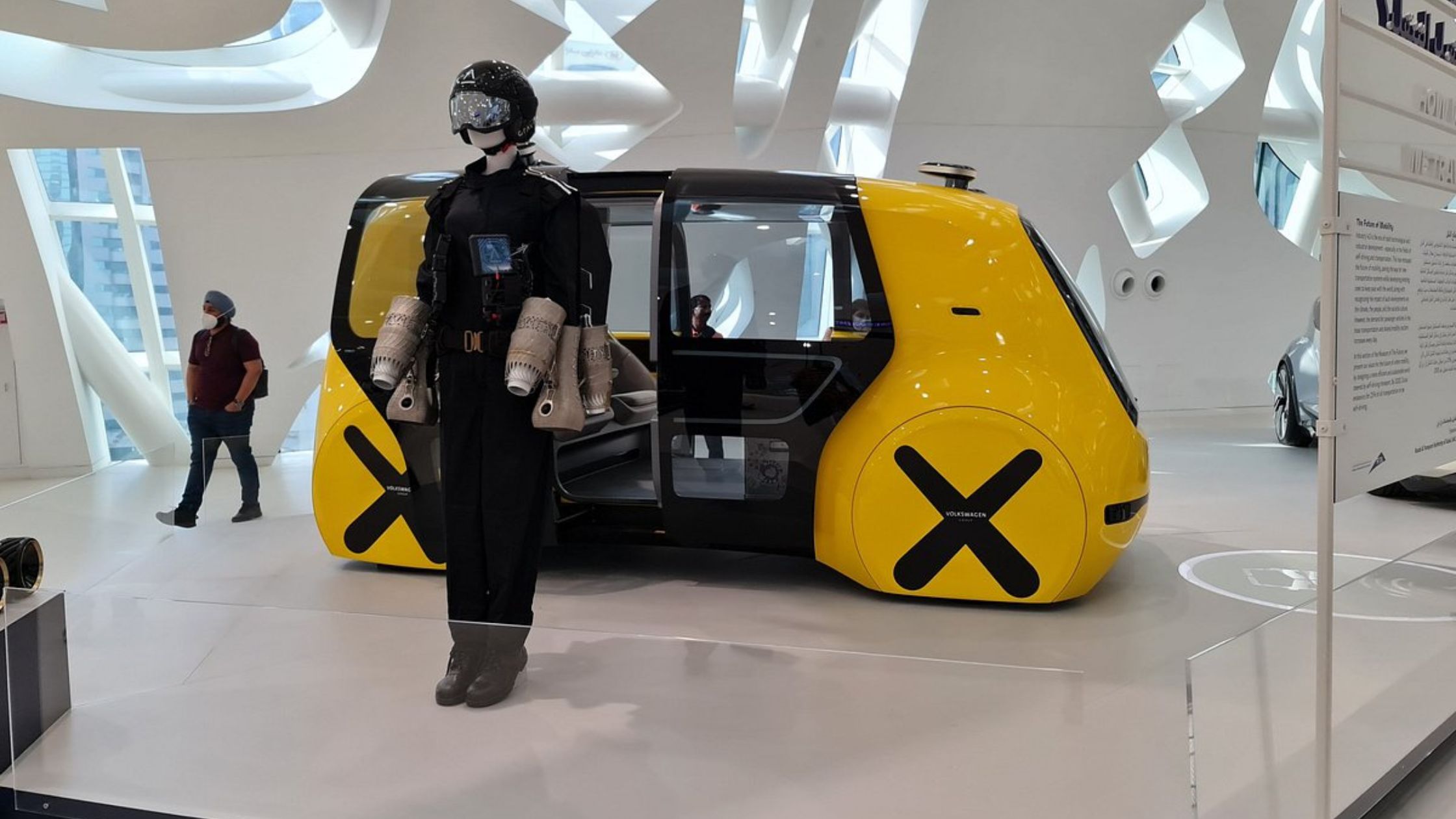
It is likely that the future museum will be a multidisciplinary entity, drawing material from various disciplines to craft an intricate and dynamic interpretation. We're already seeing this trend in many museum projects, and its prevalence will only grow with digital media becoming more commonplace as a way of working.
It’s a place to celebrate
The future museum is a hub where the brightest minds from around the globe can discover and implement groundbreaking ideas. It also serves as an outlet for people to engage with their heritage, culture and environment in meaningful ways. Museums will no longer just be a repository for learning about the past; they'll become hubs where people can envision potential futures and celebrate their accomplishments. Museums can inspire individuals to take action on social and environmental issues while also teaching us how their communities have contributed to shaping today's world.
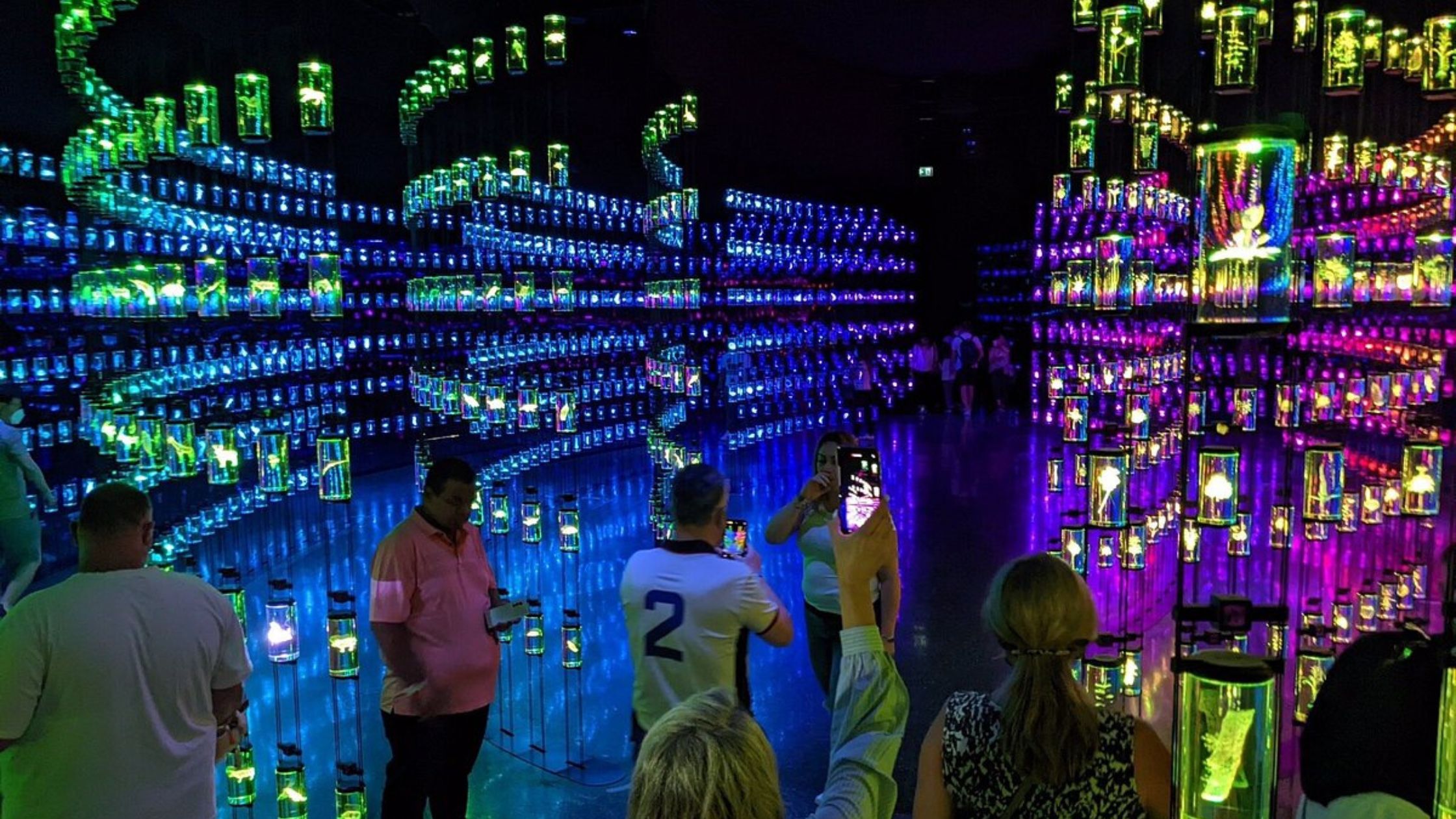
As the world transitions towards a more sustainable and circular economy, museums must become more eco-socially conscious in their operations and practices. To remain viable, museums must play an active role in encouraging their communities towards ethical and participatory forms of entrepreneurship. To achieve this, they will need to create safe and inclusive spaces for imagining possible futures and
learning from history and indigenous cultures. Furthermore, they must collaborate closely with communities in order to foster sustainable & regenerative practices that reflect their values, needs, and aspirations.
More Learning Programs
In addition, the future museum will serve as a platform where people can educate themselves about global warming and its effects on important ecosystems. They'll also cover alternative energy options, asteroid mining technologies, and how technology can be employed to enhance health and wellbeing. This vision for the future will make Dubai a better place to live and work, as it provides inspiration for its visitors and encourages them to reflect on their role in shaping society's destiny. This is especially pertinent given that Dubai will be situated in an area already facing major socioeconomic issues like poverty, unemployment, and poor governance.
The future museum will be a hub for innovation, featuring seven floors dedicated to creativity and invention. Exhibits will cover everything from future technologies to virtual reality and augmented reality. A range of activities is planned to inspire visitors, including an opportunity to interact with the museum's robots!
[proxi-post id=228]

 This will also help ensure the museum does not contribute to climate change and other environmental problems. Furthermore, making the place safe and inviting for visitors will encourage them to return again. To construct a futuristic building, architects must be creative and search for new methods of construction.
Futuristic architecture has a rich history, inspiring some of the world's most remarkable buildings. This modern style emerged during the 1930s and 1940s due to technological advancements which ushered in fluid architecture - favoring free forms over functional ones. Furthermore, this movement took futuristic architecture to new heights with megastructures and dynamic mechanized construction systems.
This will also help ensure the museum does not contribute to climate change and other environmental problems. Furthermore, making the place safe and inviting for visitors will encourage them to return again. To construct a futuristic building, architects must be creative and search for new methods of construction.
Futuristic architecture has a rich history, inspiring some of the world's most remarkable buildings. This modern style emerged during the 1930s and 1940s due to technological advancements which ushered in fluid architecture - favoring free forms over functional ones. Furthermore, this movement took futuristic architecture to new heights with megastructures and dynamic mechanized construction systems.
 Uber, for instance, acts as a platform. It doesn't create its inventory but rather facilitates and optimizes exchanges to help people get where they need to go quickly and easily. To do this, Uber validates user identities, utilizes AI technology to help pair users up, and facilitates payments between parties. Platforms such as B2B software providers like Datadog and TikTok, as well as social media networks like Instagram and Twitter, serve a purpose beyond providing web services.
Uber, for instance, acts as a platform. It doesn't create its inventory but rather facilitates and optimizes exchanges to help people get where they need to go quickly and easily. To do this, Uber validates user identities, utilizes AI technology to help pair users up, and facilitates payments between parties. Platforms such as B2B software providers like Datadog and TikTok, as well as social media networks like Instagram and Twitter, serve a purpose beyond providing web services.
 It is likely that the future museum will be a multidisciplinary entity, drawing material from various disciplines to craft an intricate and dynamic interpretation. We're already seeing this trend in many museum projects, and its prevalence will only grow with digital media becoming more commonplace as a way of working.
It is likely that the future museum will be a multidisciplinary entity, drawing material from various disciplines to craft an intricate and dynamic interpretation. We're already seeing this trend in many museum projects, and its prevalence will only grow with digital media becoming more commonplace as a way of working.
 As the world transitions towards a more sustainable and circular economy, museums must become more eco-socially conscious in their operations and practices. To remain viable, museums must play an active role in encouraging their communities towards ethical and participatory forms of entrepreneurship. To achieve this, they will need to create safe and inclusive spaces for imagining possible futures and learning from history and indigenous cultures. Furthermore, they must collaborate closely with communities in order to foster sustainable & regenerative practices that reflect their values, needs, and aspirations.
As the world transitions towards a more sustainable and circular economy, museums must become more eco-socially conscious in their operations and practices. To remain viable, museums must play an active role in encouraging their communities towards ethical and participatory forms of entrepreneurship. To achieve this, they will need to create safe and inclusive spaces for imagining possible futures and learning from history and indigenous cultures. Furthermore, they must collaborate closely with communities in order to foster sustainable & regenerative practices that reflect their values, needs, and aspirations.